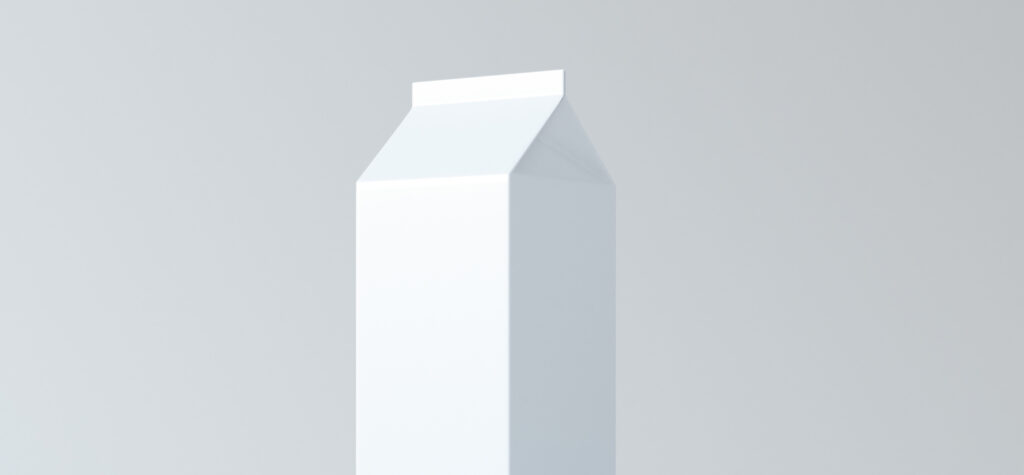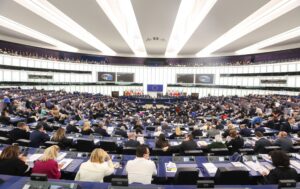Manner and Scope of the Material’s Use
- Around 182,000 tonnes of beverage cartons were brought into circulation in Germany in 2020 (source: UBA).
- Composite cartons are used as packaging for different foodstuffs, e.g. beverages, liquid dairy products, puréed and diced fruit and vegetables, soups, sauces, etc.
Material Use During Manufacturing
- Approximately 75 % of beverage carton consists of cardboard coated with PE. For packaging of fresh products that do not require an oxygen barrier (aluminum), it is about 80 %.
- The cardboard is made from renewable raw material wood. Only wood from FSC-certified forests or other controlled sources is used. 70 % of all beverage cartons already carry the FSC label – in the year 2020 it should be 100 %.
- Due to food laws, no secondary raw materials are used In beverage carton, for example.
- 90 % of the energy consumed during the production of the carton comes from biomass.
Collection / Sorting / Recycling
- Beverage cartons are covered across the dual system and almost everywhere in the collection system in Germany.
- Through the nationwide equipping of sorting systems with NIR scanners – in which beverage carton producers were substantially involved – beverage carton is sorted as an independent group with higher sorting accuracy.
- Apart from small fluctuations, the recycling rate of beverage cartons has been above 65 % for years. In 2020, beverage cartons reached a material utilization rate of 77.5 % (source: UBA).
- The fiber content of the beverage carton can be recovered using standard wastepaper processing methods. Various paper and cardboard qualities are produced from this, e.g. corrugated board papers, folding cartons, sleeve cartons, plasterboard, etc.
- There are several recycling processes for the polyethylene / aluminum residues. The synthetic as well as the aluminum components are recycled energetically, but can also be used as secondary raw materials for the production of different synthetic and aluminum products.
Development / Background / Outlook
- Since the mid-1980s, manufacturers of beverage cartons and their primary material suppliers have been using life cycle assessments as a tool to constantly optimize processes and production at all stages of the life cycle.
- For example, the share of renewable raw materials will be further increased by the increasing use of closures made from biopolymers. Alternatives for polyethylene and aluminum foil coating are also worked on.
- First large-scale systems for the separation and recycling of PE / Al residues are in operation. Other promising methods are in trials.
UBA Umweltbundesamt (2022): Aufkommen und Verwertung von Verpackungsabfällen in Deutschland im Jahr 2020.




